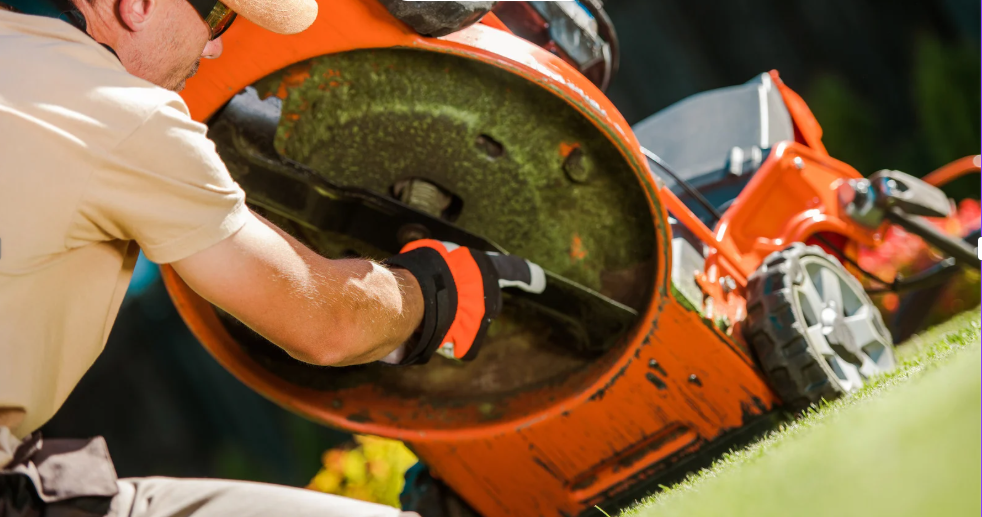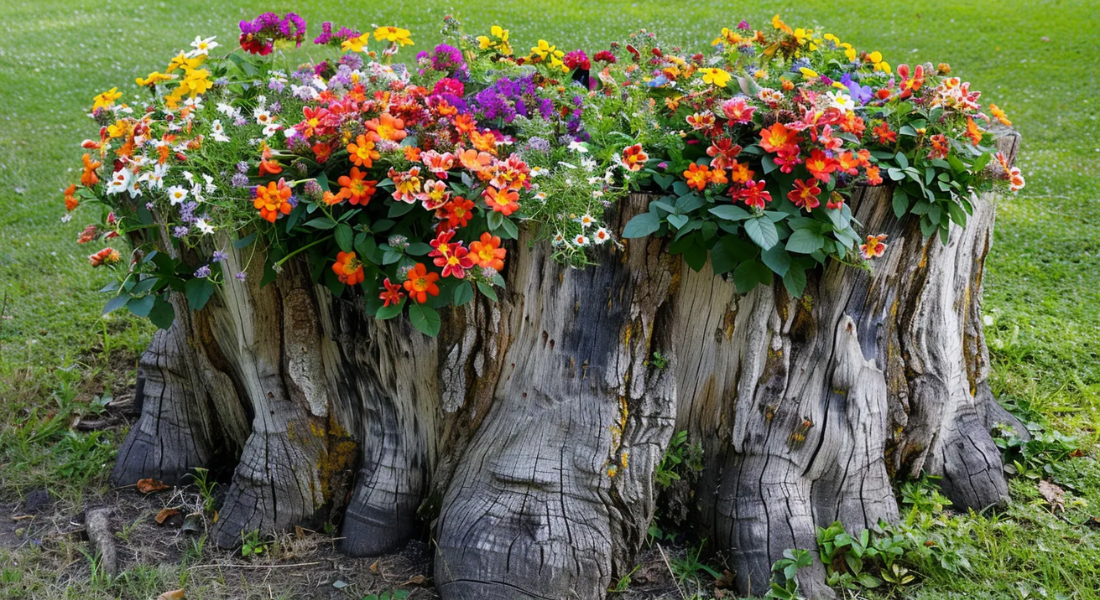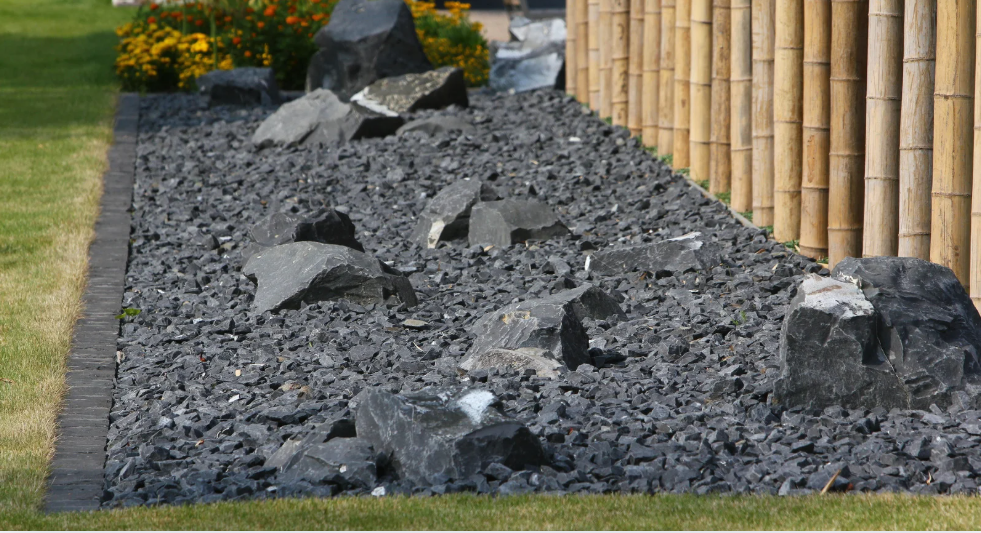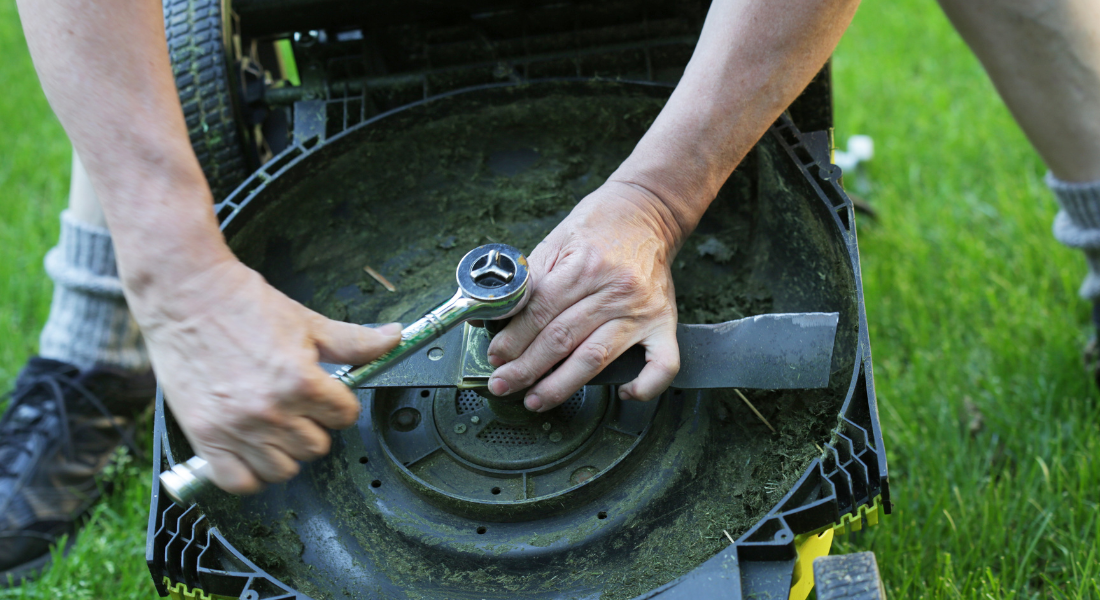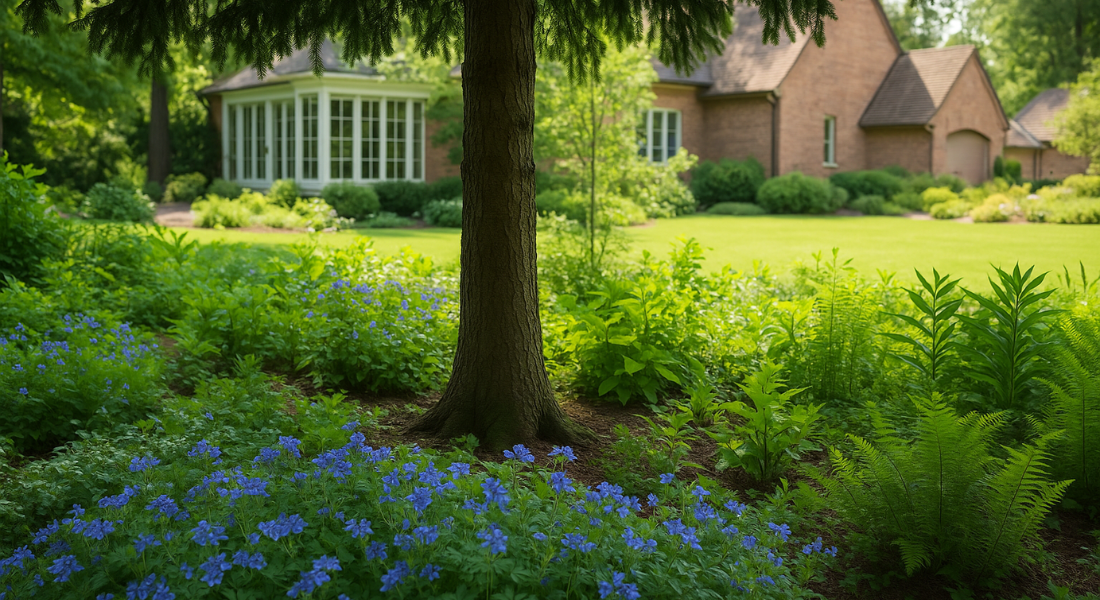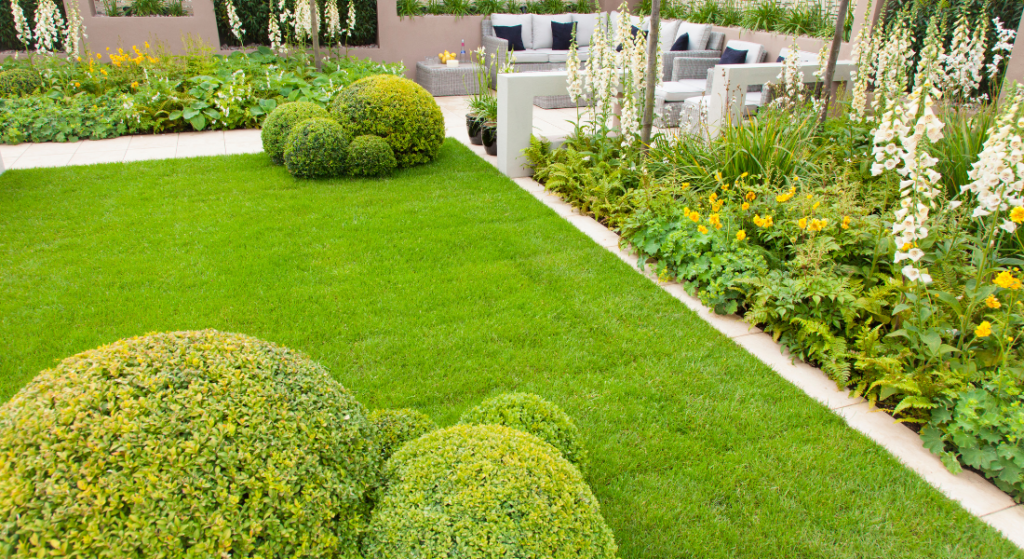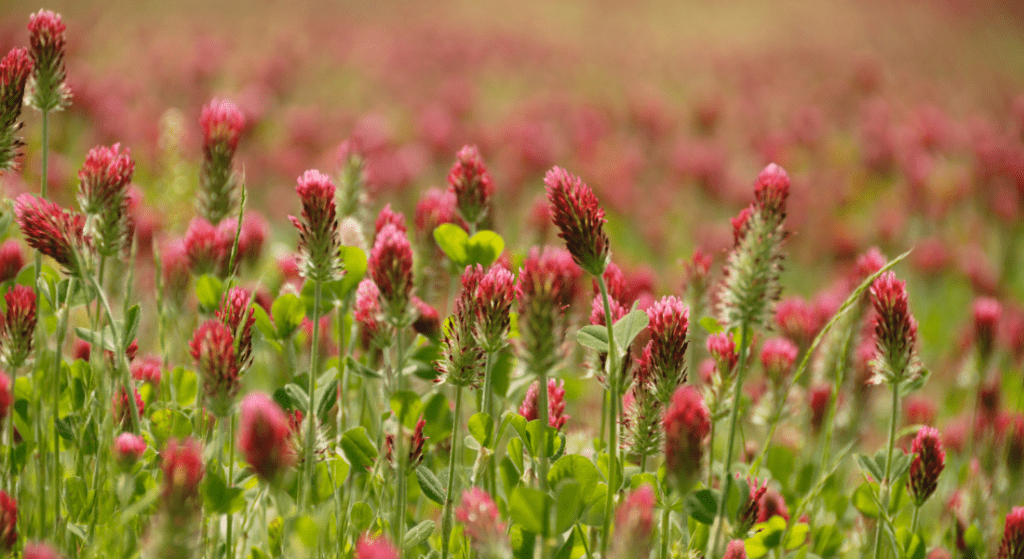Seasonal Tree Planting Tips: When and How to Plant for Success
Planting trees isn’t just about adding greenery to your landscape; it’s an investment in the future. Trees provide shade, improve air quality, and enhance the aesthetic appeal of your property. However, planting a tree isn’t as simple as digging a hole and dropping it in. It requires careful consideration of factors like timing, location, and proper care to ensure the tree thrives. In this article, we’ll explore seasonal tree planting tips to help you understand when and how to plant for success.
When considering tree planting , timing is crucial. The ideal time to plant trees depends on various factors such as climate, tree species, and local weather patterns. Spring and fall are generally recommended for tree planting, as the weather is mild, and there’s ample time for roots to establish before harsh conditions set in. However, certain species may thrive better when planted during specific seasons.
How to Choose the Right Tree for Your Location?
Selecting the right tree for your environment, whether from nurseries in Clarksville TN or elsewhere, is essential for its long-term health and vitality. Consider factors like soil type, sunlight exposure, and available space when choosing a tree species. Native trees often adapt better to local conditions and require less maintenance than non-native species. Additionally, assess the tree’s mature size to ensure it fits the planting location without overcrowding or causing structural damage.
Preparing the Planting Site: Digging the Planting Hole
Proper preparation of the planting site is critical for the tree’s success. Dig a planting hole that is at least twice as wide as the tree’s root ball but no deeper than the root ball’s height. Breaking up compacted soil and incorporating organic matter can improve drainage and root growth. Avoid planting too deep or too shallow, as this can hinder root development and lead to tree stress.
Planting the Tree: Ensuring Proper Technique
When planting a tree, whether sourced from a plant nursery in Clarksville TN or elsewhere, handle the root ball carefully to avoid damaging delicate roots. Position the tree in the center of the planting hole, ensuring the top of the root ball is level with the surrounding soil. Backfill the hole with soil, gently firming it around the roots to eliminate air pockets. Water the tree thoroughly to settle the soil and provide much-needed moisture to the roots.
Mulching: Protecting and Nourishing the Tree
Applying a layer of mulch around the base of the tree helps retain soil moisture, suppress weeds, and regulate soil temperature. Spread mulch evenly around the tree, leaving a few inches of space around the trunk to prevent moisture buildup and potential rot. Organic mulch materials like wood chips or shredded bark decompose over time, enriching the soil with nutrients and improving overall tree health.
Pruning: Promoting Growth and Structure
Pruning is an essential aspect of tree care, helping to shape the tree’s growth and remove dead or damaged branches. Proper pruning techniques encourage healthy branch development and prevent overcrowding, allowing for better air circulation and sunlight penetration. However, it’s crucial to prune at the right time and avoid excessive trimming, as this can stress the tree and inhibit growth.
Providing Ongoing Care: Watering and Fertilizing
Newly planted trees require regular watering to establish a strong root system. Deep, infrequent watering is preferable to frequent shallow watering, as it encourages deep root growth and drought tolerance. Fertilizing can also benefit young trees, providing essential nutrients for healthy growth. However, it’s essential to follow recommended guidelines and avoid over-fertilizing, which can burn roots and damage the tree.
Protecting Against Planting Stress and Environmental Factors
Newly planted trees are vulnerable to stressors such as extreme weather, pests, and diseases. Providing adequate support, such as staking or mulching, can help protect young trees from wind damage and soil erosion. Monitor weather conditions and adjust watering and maintenance practices accordingly to mitigate stress and promote tree resilience.
Monitoring Tree Health and Growth
Regular monitoring of your newly planted trees is essential for identifying any issues early on and implementing appropriate solutions. Keep an eye out for signs of stress or disease, such as wilting leaves, unusual discoloration, or pest infestations. Address any problems promptly to prevent further damage and ensure the tree’s long-term health and vitality.
Seeking Professional Assistance When Needed
If you’re unsure about any aspect of tree planting or care, don’t hesitate to seek advice from a professional arborist, local extension office, or a Clarksville nursery . These experts can offer valuable insights and recommendations tailored to your specific location and tree species. Investing in proper tree care from the outset can save you time, money, and frustration down the line.
In conclusion, successful tree planting requires careful planning, proper technique, and ongoing maintenance. By following these seasonal tree-planting tips, you can create a thriving landscape that enhances the beauty and value of your property for years to come.
Key Takeaways:
Tree Planting Benefits: According to a study published in the journal Urban Forestry & Urban Greening, trees can increase property values by up to 20%, reduce heating and cooling costs by up to 30%, and decrease air conditioning needs by 30%, leading to potential energy savings of $100 to $250 annually per household.
Seasonal Planting Impact: Research from the Arbor Day Foundation indicates that planting trees in the fall can result in higher survival rates compared to planting in other seasons, with up to 80-90% of trees planted in the fall surviving their first year.
Watering Guidelines: The International Society of Arboriculture recommends watering newly planted trees regularly, with an emphasis on deep watering to encourage root establishment. Proper watering techniques can increase tree survival rates by up to 25%.
Soil Preparation Importance: A report by the U.S. Forest Service highlights the significance of soil preparation in tree planting success, stating that properly prepared soil can increase root growth and establishment by up to 50%.
Mulching Benefits: According to the National Association of Conservation Districts, applying a 3-4 inch layer of mulch around newly planted trees can reduce soil moisture loss by up to 70%, decrease weed competition, and improve soil structure, leading to healthier tree growth.
Pruning Practices: The American Public Gardens Association recommends minimal pruning of newly planted trees, with only dead or damaged branches being removed. Over-pruning can stress young trees and reduce their ability to establish roots.
Stake Installation: Studies conducted by the University of California Cooperative Extension suggest that improperly installed stakes can cause damage to young trees, with up to 50% of staked trees experiencing trunk abrasions or bark damage.
Tree Species Selection: Research from the Morton Arboretum emphasizes the importance of selecting native tree species for planting, as they are better adapted to local environmental conditions and have higher survival rates compared to non-native species.
